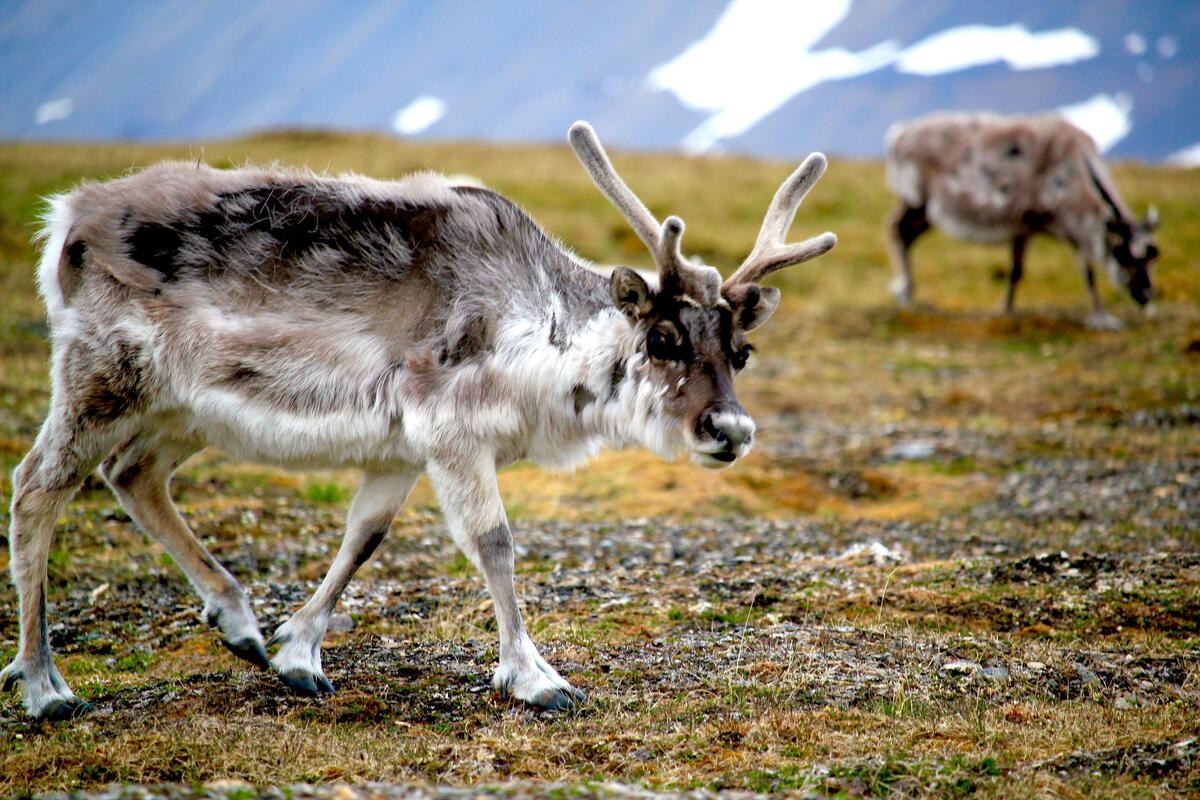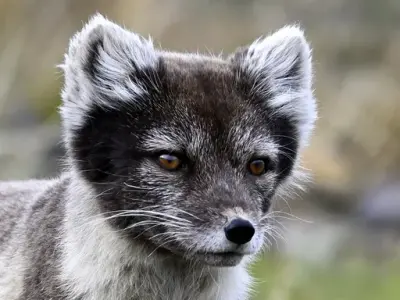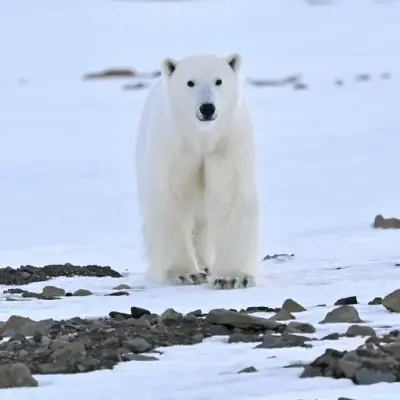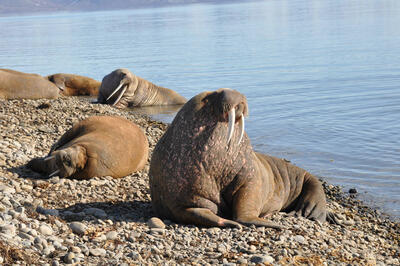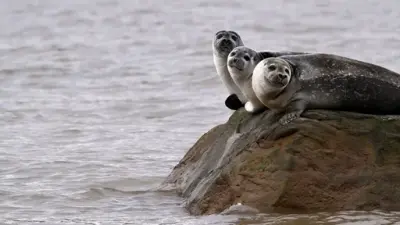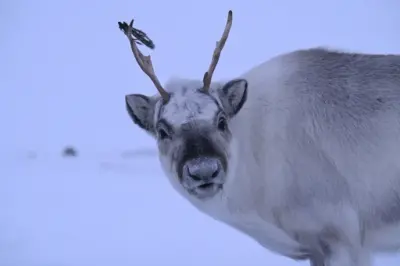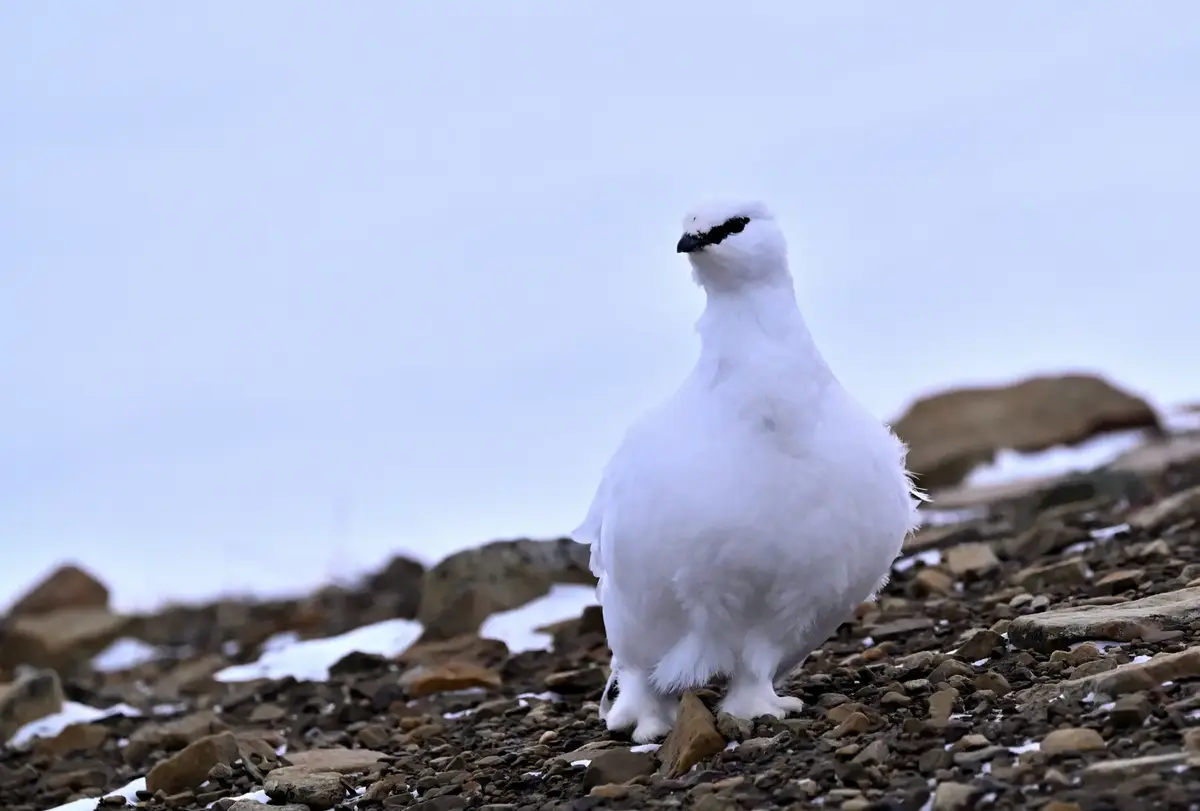Read more about Svalbard’s fauna
Biological clocks
The timing of mating, egg-laying, birthing or hatching of young, migration, shedding or moulting, fat storage, seasonal changes in body weight, activity, and feeding are all precisely regulated and coordinated with the changing amount of daylight. Organisms have an internal clock that enables them to measure time. This clock is regularly synchronised by external signals (light and dark) caused by Earth’s daily rotation and its annual orbit around the sun. In Svalbard, this rhythm is weakened or absent for months at a time. Both Svalbard reindeer and Svalbard rock ptarmigan have periods in summer and winter when their activity is independent of the time of day. They are less affected by circadian rhythms than their counterparts farther south.
Survival strategies
Animals counteract increasing differences between their body temperature and outdoor temperatures with increased insulation or heat production. Large stores of subcutaneous or abdominal fat serve as both insulation and energy reserves. The body weight of Svalbard rock ptarmigan, Svalbard reindeer, and arctic fox can increase by 30% as they store fat in autumn. Reindeer and foxes also replace their summer fur with thick winter fur that insulates them and helps keep their skin warm. Svalbard reindeer fur includes hollow air-filled hairs that provide excellent insulation. The ptarmigan also moults to thick white winter plumage. In addition, the fox has fur under its paws and the ptarmigan has extra feathers around its feet to prevent heat loss when standing on ice and snow. Animals can also mitigate the effects of cold through their behaviour. The Svalbard reindeer’s placid way of life saves energy. The ptarmigan prevents heat loss by digging hollows in the snow where it can lie protected from wind and cold when it is not feeding. The fox curls up in a spot protected from the wind to reduce heat loss. It uses its thick tail as a mattress, burrows its nose into the base of the tail and lets itself be covered with insulating snow.
- 1/1
Svalbard rock ptarmigans. Photo: Gijsbert Breedveld.
Svalbard has few terrestrial mammals compared to other Arctic ecosystems. Only three species are represented: Svalbard reindeer, arctic fox, and sibling vole – which is found only in Grumant not far from Longyearbyen.
